“Receding Waves: Child Sex Abuse and Homosexual Priests Since 2000” is a companion study to Fr. Sullins’ work last year on the subject of clerical sexual abuse.
The Ruth Institute released “Is Catholic clergy sex abuse related to homosexual priests?” last year; that study cast doubt on two widely-held assumptions about clerical sex abuse.

